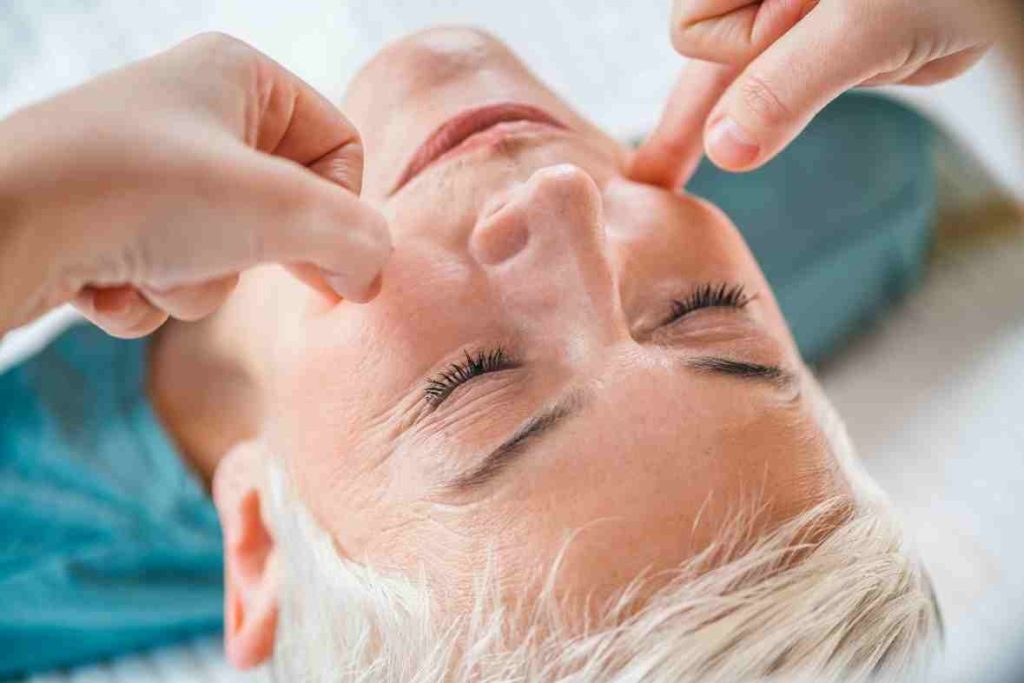
Table of Contents
Shringataka Marma
This article discusses the role of the shringataka marma in our bodies. You will learn about its location and function, and discover ways to stimulate it. Read on for some of the most important points regarding this body part. And don’t forget to share this article with your friends and family! You can even stimulate it with your own hands! Just follow these easy steps! You’ll have an improved immune system in no time!
Introduction: What is shringataka marma
Shiro Gata Marma contains four marma, the Shringataka Marmas. They are primarily made of Siraas, but are also made of Sandhi, Asthi, bones, and muscles. The body relies on the health of these marma to perceive our surroundings. Damage to these marma can lead to immediate death, so a healthy body and mind are essential to a well-rounded life.
Vaikalyakara marma is the coldest type, containing the moon and water properties. It helps sustain life but can cause excruciating pain if injured. A slight injury can lead to a lot of pain. If the injuries are not treated properly, the marma will eventually swell up and rupture, potentially causing death.
Where is shringataka marma located
Shringataka Marmas are four parts of the body that serve as a nerve center and supply blood to all sense organs. When damaged, they can cause immediate death. Shringataka Marmas are composed mostly of siraas, the blood vessels that supply the sense organs. The Shringaataka Marma affects the sense organs, including taste and smell. In addition to its location in the head, it is also important for a person’s health.
The Shringataka marma points are on the head, and are primarily composed of blood vessels. They control all physical and subtle processes of a living being. The Shringataka marma also regulates the lubrication of the tongue and other sense organs. It also regulates the vital force of life, called Prana. The Shringataka marma points are considered essential for maintaining good health, so they are important for treating TMJ.
Function of shringataka marma
The vaikalyakara marma are Saumya marma. They are the source of life energy and if they are disturbed they can lead to death. If these points are injured or if a foreign object comes in contact with them, the air will escape. The other four points are the Gulpha, Manibandha, and Kurcha Sira.
The Shringataka marma points are located on the head and are primarily blood vessels. They are about the same size as the center of a palm. The function of these points is to nourish the sense organs and control the vital life force. This energy flows in the nose and mouth through these points and provides nourishment for the Prana, the breath. A person’s nose and tongue are also part of this organ and have their own marma points.
How to stimulate shringataka marma
There are 4 Shringataka Marmas on the head. Stimulating a Marma point is not a simple thing, it should be learned from a Guru and it demands the student to be patient enough to learn this technique. One should know the exact point in which the Marma can be stimulated along with the different ways to stimulate a Marma. The pressure to be applied also is a matter of great concern
The marmas are the seats of Prana, which governs all of the subtle and physical processes of the body. The stimulation of these marmas can affect these functions by changing the flow of Prana, removing blockages and increasing or decreasing energy currents. When done correctly, these actions can have a powerful healing effect. In addition to direct stimulation of the marmas, you can also apply different ayurvedic oils to the areas they are located.
The Shringataka marma is located at the site of sira union. It supplies the nose, eye, tongue, and ear with nutrients. Acharya Charaka defined the use of nasya in the siddhisthana. Through the nasal passage, the nasya drug acts on diseases of the Skanda and Amsa doshas, expel doshas, and promote emotional stability.
